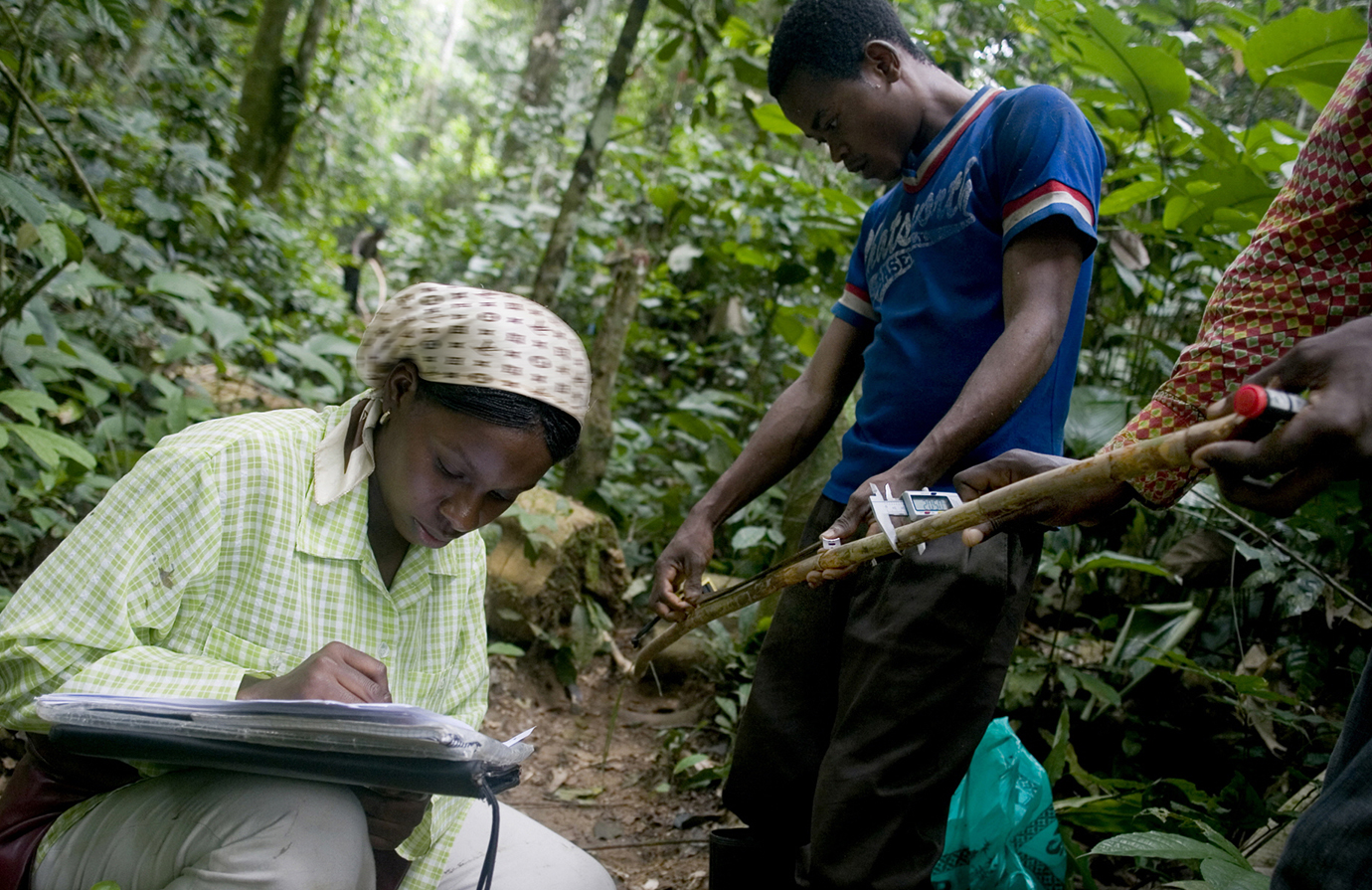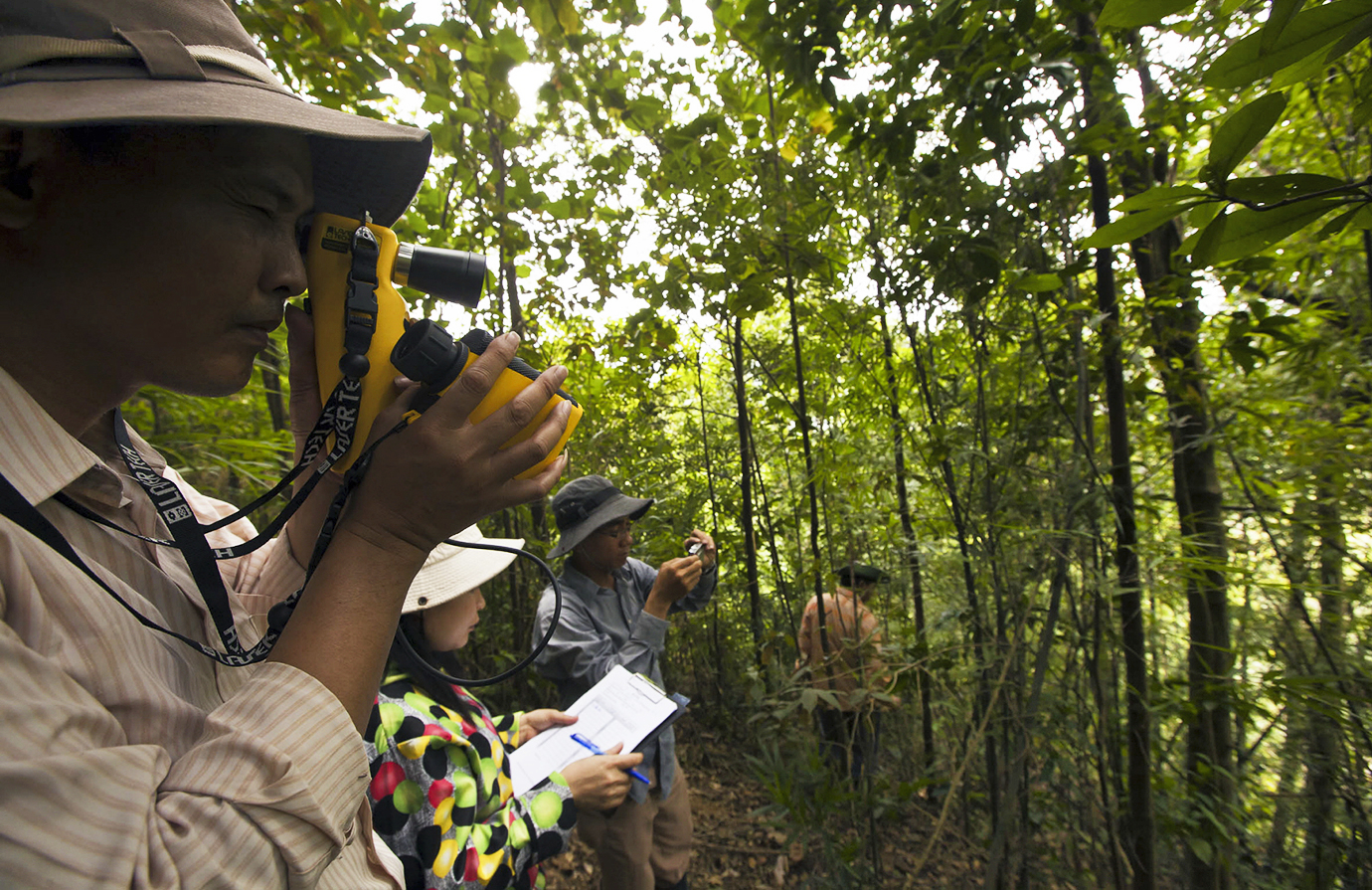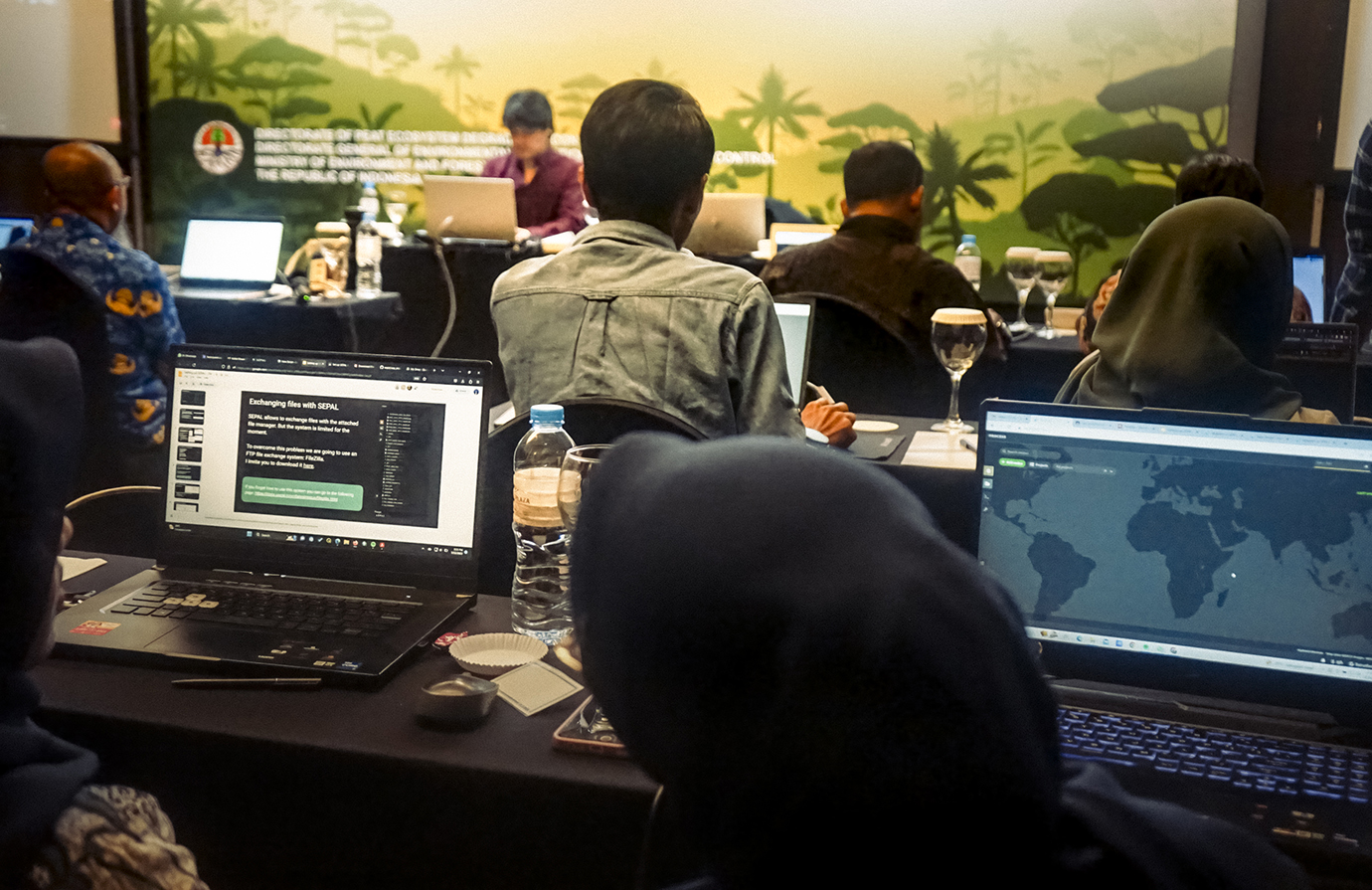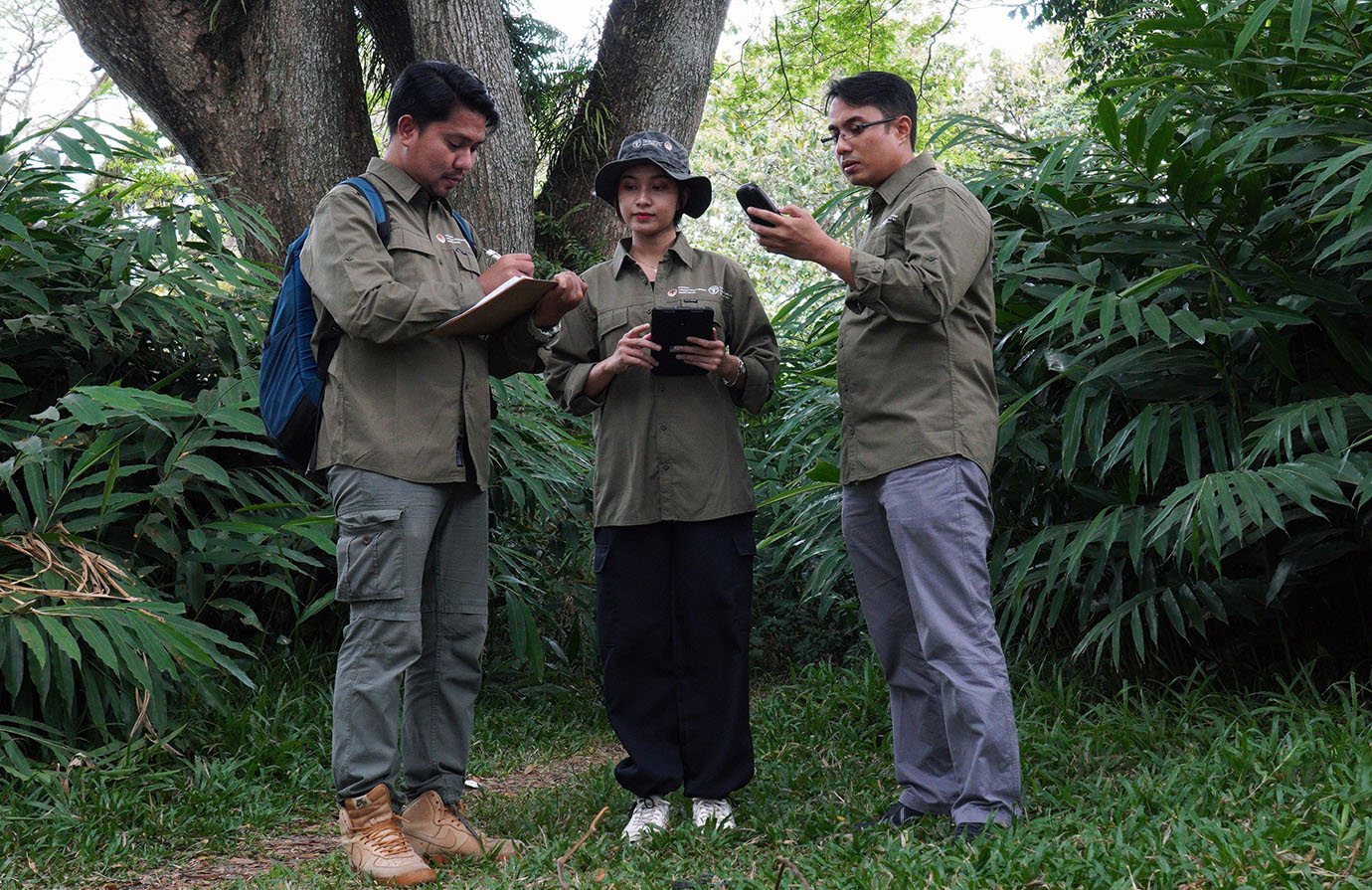The 'Forest monitoring for climate action' curriculum aims to strengthen institutional and technical capacities, to meet the measurement, reporting and verification requirements, as well as the enhanced transparency framework requisites. It consists
of a series of e-learning courses, including:

Course
Forests and transparency under the Paris Agreement
The objective of this course is to learn about the Enhanced Transparency Framework (ETF) under the Paris Agreement. It will be useful to those wishing to understand the importance of forest-related data collection, analysis and
dissemination in meeting the Enhanced Transparency Framework requirements.
This course concludes with a final test and digital badge certificate is issued upon successful completion.

Course
Institutionalization of forest data
This course intends to establish a clear path towards a more efficient and effective use of forest data, underscoring the crucial significance of institutionalizing a robust national forest monitoring system (NFMS) within countries.
Additionally, it emphasizes transparency, sustainability, and data-sharing as critical pillars for the successful implementation of an NFM strategy.
This course concludes with a final test and digital badge certificate
is issued upon successful completion.

Course
Measurement, reporting and verification for environmental integrity: Introduction
This course highlights the importance of forests in climate change mitigation and how quality measurement, verification and reporting (MRV) is needed to ensure environmental integrity. It outlines the MRV requirements for jurisdictional REDD+ of different standards/programmes, in case countries are seeking to obtain results-based payments or climate finance.

MOOC
Sharing the "Forests and Transparency under the Paris Agreement" MOOC multilingual experience
This is the experience of the Massive Open Online Course (MOOC) that was based on the FAO e-learning course “Forests and transparency under the Paris Agreement”. It was delivered simultaneously in English French and Spanish, in
three editions in 2020/2021. Participants learnt about the importance of forest-related data collection, analysis and dissemination in meeting the Enhanced Transparency Framework (ETF) requirements of the Paris Agreement. This
MOOC is made available here in order to share the associated materials and resources that were specifically developed for it, thus offering you a richer, more comprehensive set of learning materials than the self-paced e-learning
course.
This “MOOC experience” is certified.

Facilitaded course
Sharing the experience on “Forest and land monitoring for climate action – SEPAL” facilitated course
This is the experience of the online facilitated course "Forest and land monitoring for climate action – SEPAL". It is based on the first edition that was delivered from 24 March to 7 May 2023 in English, Spanish and French. The overall objective of this course is to support knowledge and skills development to operationally apply high-resolution satellite imagery to critical forest and land monitoring in tropical forest countries. More specifically, the course focuses on how the System for Earth Observation Data Access, Processing and Analysis for Land Monitoring (SEPAL) platform can support land and forest monitoring for climate action. This facilitated course has been adapted and made available in self-paced mode to share the content and associated resources that were developed for it, offering a comprehensive learning experience.
This “Facilitated course experience” is certified.

Curriculum
National forest inventory
The national forest inventory (NFI) e-learning series consisting of eight courses provides an overview of the key phases of an NFI, from planning to implementation, and from data gathering to reporting.
Throughout the courses, which can be taken independently, references are made to specific courses or lessons where certain subjects are covered more extensively. Each course takes the learner step-by-step through real-life scenarios, and is complemented by exercises and links to additional material and websites for further reading.
